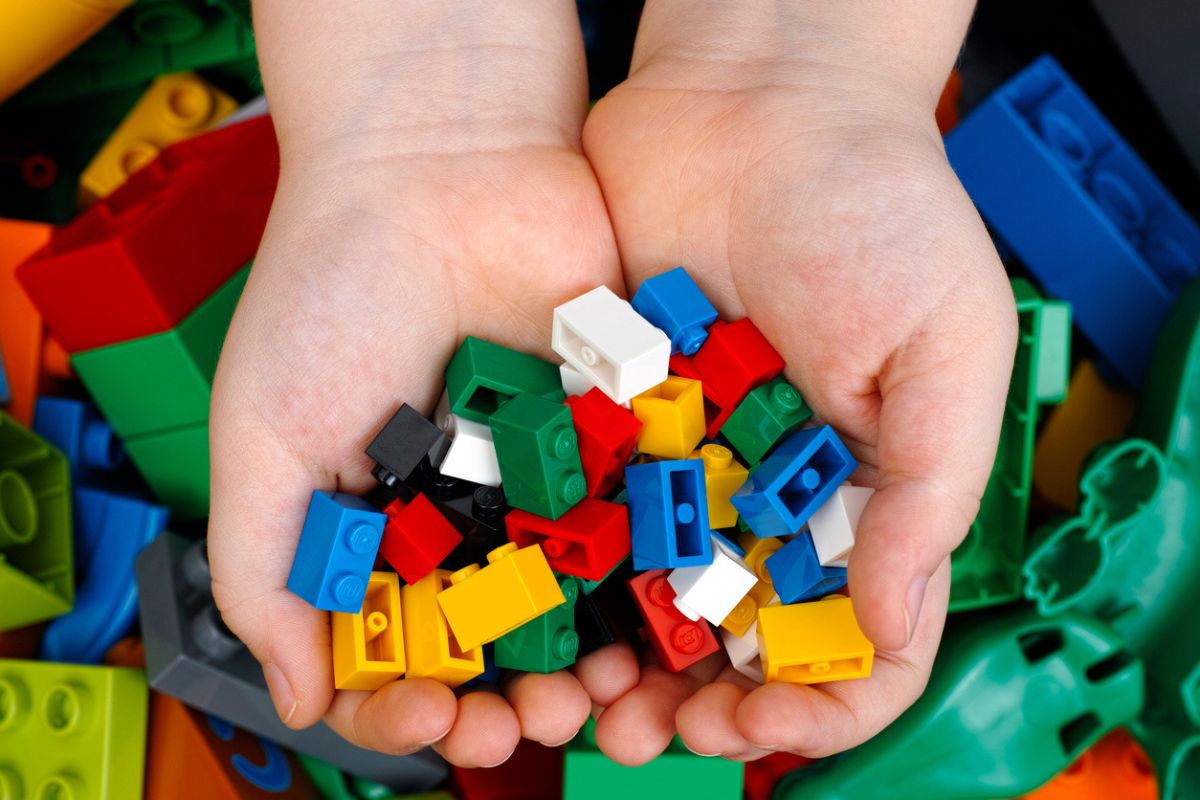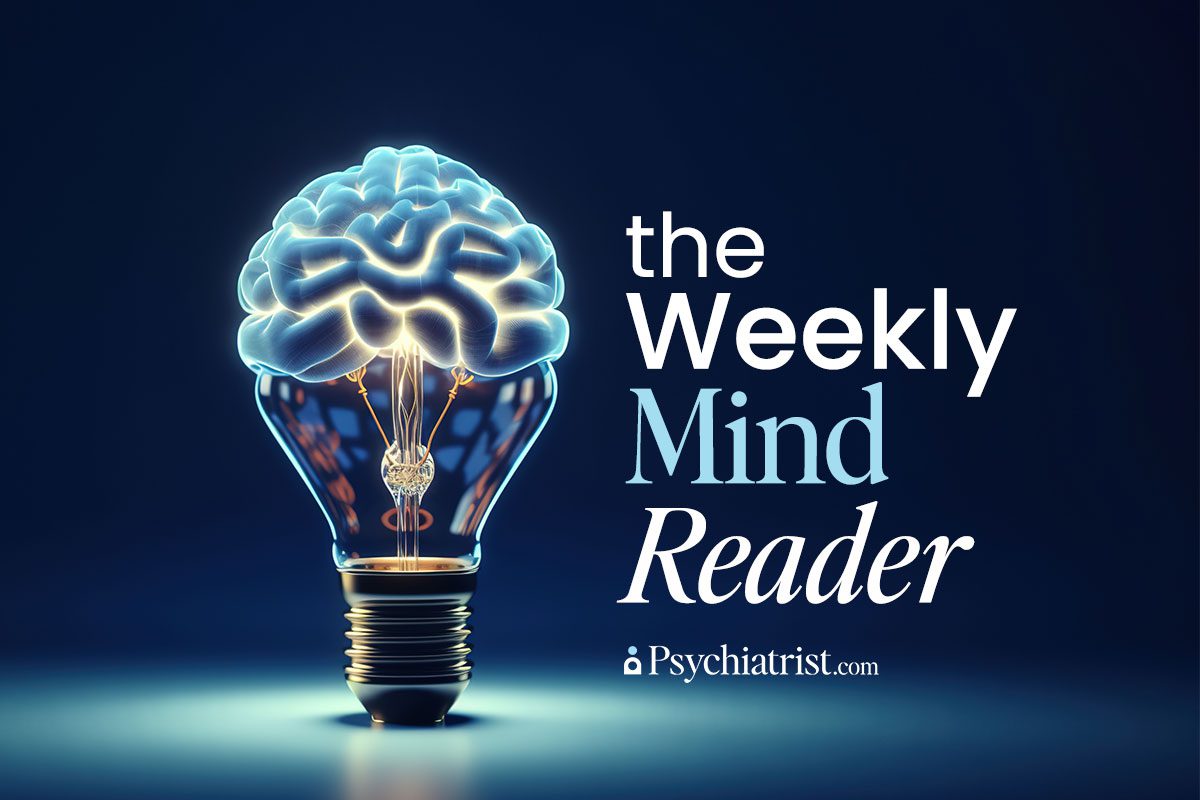American adults trudging through middle age admit to higher levels of loneliness than their European peers. Researchers suggest it might be because of the wider wealth gap in the United States and shakier family ties, according to research published by the American Psychological Association.
“Loneliness is gaining attention globally as a public health issue because elevated loneliness increases one’s risk for depression, compromised immunity, chronic illness, and mortality,” lead author and associate professor of psychology at Arizona State University Frank Infurna, PhD, explained. “Our research illustrates that people feel lonelier in some countries than in others during middle age. It also sheds light on reasons this may be occurring and how governments can address it with better policies.”
The journal American Psychologist published the study.
Surgeon General Weighs In
Loneliness is more than just a cultural indicator. No less than the U.S. Surgeon General recognized the importance of addressing what’s being dubbed an epidemic of loneliness. Surgeon General Dr. Vivek Murthy issued a General Advisory in May of last year, “calling attention to the public health crisis of loneliness, isolation, and lack of connection in our country.”
The report highlighted the ripple effects of spreading loneliness, which include:
- A 29 percent higher risk of heart disease.
- A 32 percent greater stroke risk.
- A 50 percent higher risk of developing dementia for older Americans.
- Overall, the report concluded that a dearth of social ties bumps up the threat of early death by more than 60 percent.
“Our epidemic of loneliness and isolation has been an underappreciated public health crisis that has harmed individual and societal health. Our relationships are a source of healing and well-being hiding in plain sight – one that can help us live healthier, more fulfilled, and more productive lives,” Murthy added in a press release. “Given the significant health consequences of loneliness and isolation, we must prioritize building social connections the same way we have prioritized other critical public health issues such as tobacco, obesity, and substance use disorders. Together, we can build a country that’s healthier, more resilient, less lonely, and more connected.”
Historical Look at Loneliness
This mounting pressure to tackle loneliness spurred the research team to take a closer look at the ebb and flow of loneliness over the years. They also wanted to better understand how different countries approach the public health problem.
Infurna and his team pored over data from “ongoing, nationally representative longitudinal surveys from the United States and 13 European countries, with more than 53,000 participants from three different generations.” This included the Silent Generation, baby boomers, and Generation X. The scientists focused on data pulled from 2002 to 2020 and participants between 45 and 65 years old.
“We focused on middle-aged adults because they form the backbone of society and empirical evidence demonstrates that U.S. midlife health is lagging [behind] other industrialized nations,” Infurna said. “Middle-aged adults carry much of society’s load by constituting most of the workforce, while simultaneously supporting the needs of younger and older generations in the family.”
The bottom line? Compared to European citizens, U.S. adults confessed to markedly elevated loneliness levels. This “loneliness gap” – as the researchers called it – appeared more significant in younger generations (late baby boomers and Gen X).
A Pattern of Differences
While the United States exhibited a persistent growth curve in midlife loneliness over the researched period, a handful of European countries bucked the pattern.
England and the Mediterranean region, for example, showed remarkably similar trendlines in loneliness for later-born participants (late baby boomers and Generation X). But continental and Nordic Europe, on the other hand, demonstrated stable or even dropping numbers that ignored generational lines.
But why? The researchers theorized that several differences probably play a role, such as:
- Cultural norms, where Americans tend to embrace individualism and lean more on social media and partisan politics than their European counterparts.
- Socioeconomic influences, such as “higher residential mobility, weaker family ties, increasing job insecurity and income inequality.”
- Social safety nets, which in the U.S. are generally “less comprehensive compared with some European nations regarding family leave, unemployment protection, and childcare support.”
“The cross-national differences observed in midlife loneliness should alert researchers and policymakers to better understand potential root causes that can foster loneliness and policy levers that can change or reverse such trends,” Infurna added.
The study results also hinted that loneliness remains on the rise throughout the world when compared to earlier generations.
Further Reading
Boredom, Loneliness, and Smartphone Addiction Among Young Adults
Predictors of Loneliness by Age Decade
A Comparison of 3 Scales for Measuring Adolescent Depression



